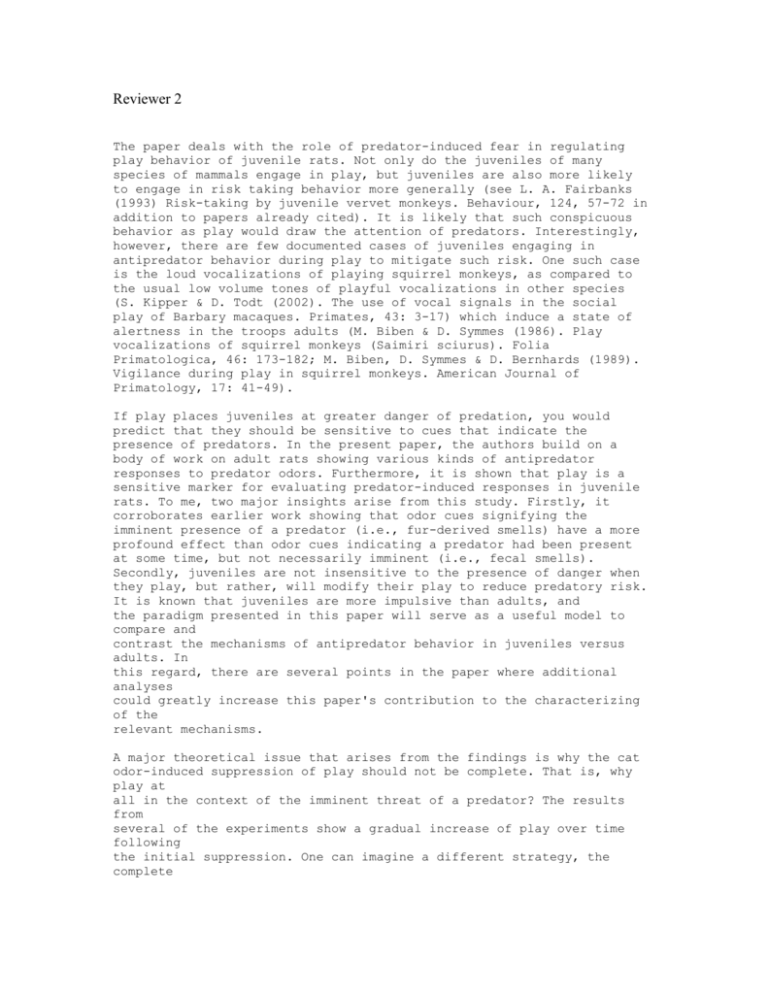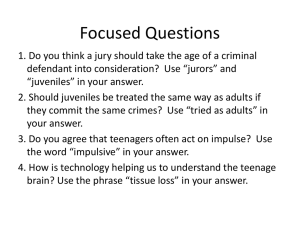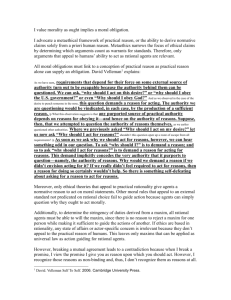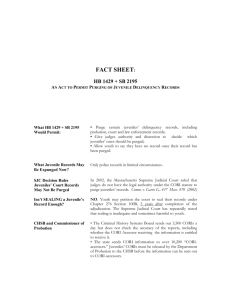Reviewer 2
advertisement

Reviewer 2 The paper deals with the role of predator-induced fear in regulating play behavior of juvenile rats. Not only do the juveniles of many species of mammals engage in play, but juveniles are also more likely to engage in risk taking behavior more generally (see L. A. Fairbanks (1993) Risk-taking by juvenile vervet monkeys. Behaviour, 124, 57-72 in addition to papers already cited). It is likely that such conspicuous behavior as play would draw the attention of predators. Interestingly, however, there are few documented cases of juveniles engaging in antipredator behavior during play to mitigate such risk. One such case is the loud vocalizations of playing squirrel monkeys, as compared to the usual low volume tones of playful vocalizations in other species (S. Kipper & D. Todt (2002). The use of vocal signals in the social play of Barbary macaques. Primates, 43: 3-17) which induce a state of alertness in the troops adults (M. Biben & D. Symmes (1986). Play vocalizations of squirrel monkeys (Saimiri sciurus). Folia Primatologica, 46: 173-182; M. Biben, D. Symmes & D. Bernhards (1989). Vigilance during play in squirrel monkeys. American Journal of Primatology, 17: 41-49). If play places juveniles at greater danger of predation, you would predict that they should be sensitive to cues that indicate the presence of predators. In the present paper, the authors build on a body of work on adult rats showing various kinds of antipredator responses to predator odors. Furthermore, it is shown that play is a sensitive marker for evaluating predator-induced responses in juvenile rats. To me, two major insights arise from this study. Firstly, it corroborates earlier work showing that odor cues signifying the imminent presence of a predator (i.e., fur-derived smells) have a more profound effect than odor cues indicating a predator had been present at some time, but not necessarily imminent (i.e., fecal smells). Secondly, juveniles are not insensitive to the presence of danger when they play, but rather, will modify their play to reduce predatory risk. It is known that juveniles are more impulsive than adults, and the paradigm presented in this paper will serve as a useful model to compare and contrast the mechanisms of antipredator behavior in juveniles versus adults. In this regard, there are several points in the paper where additional analyses could greatly increase this paper's contribution to the characterizing of the relevant mechanisms. A major theoretical issue that arises from the findings is why the cat odor-induced suppression of play should not be complete. That is, why play at all in the context of the imminent threat of a predator? The results from several of the experiments show a gradual increase of play over time following the initial suppression. One can imagine a different strategy, the complete absence of play for some period of time and then a return to normal levels of play. Play, even at a lower frequency, could still attract the attention of a predator. As all experiments have been videotaped, it would be of value to examine whether the overall pattern of behavior is different following suppression and at various stages of its recovery. For example, when they play little, what do they do between play bouts (freeze, explore, risk assessment, etc.)? Indeed, are play bouts clustered together in quick succession or widely dispersed over the test session? When they do play, is the manner of play different when playing at a low frequency versus a higher frequency? For instance, in Figure 1, guestimating from the data points, it looks like at E2 for the suppressed group that nape contacts lead to pins in about 25% of cases, whereas by E7, the percentage is around 60% (compared with about 75% for all time periods for the control group). Such data would also be very valuable when comparing the cat fur odor effects with the fecal odor effects - is the pattern of suppression the same between the two cases with the difference being in magnitude and duration, or do the rats? patterns of play and activity differ, indicating a different mechanism of suppression in these two cases? Although not essential for the core aim of this paper, if possible, such data should be provided to allow more detailed analyses of the mechanisms involved (at the least, a follow-up paper examining these details should be considered by the authors). For experiment 2, it would be useful to know the duration of the test period spent in the small escape chamber versus the main test enclosure and whether the percentage of play differed between these two locations for the odor group versus the control group. Since play is suppressed even when they have an escape chamber to which to retreat, again, it raises the question of why play should not be completely suppressed for some time following exposure to the cat odor, rather than continuing to occur at lower frequencies (see above). On page 25, second last paragraph, it is concluded that the impulsiveness and distractibility of juveniles may lead them to be more attentive to important environmental cues. I would have argued the exact opposite. Indeed, the pattern of antipredator response in juveniles may need to differ from that of adults precisely to counteract their greater impulsiveness and distractibility (see final paragraph on page 25). Reviewer 1 This MS describes a neat series of experiments that document a surprisingly long-lasting suppression of play behavior in juvenile rats following exposure to cat odor. The data are convincing and impressively robust. My only notable concern about this project is that the juveniles being tested for their reaction to cat odor were already under considerable (and abnormal) stress conditions. They were isolate housed which is a considerable stressor, especially for highly social juvenile animals, and some of the juveniles were further challenged by shipping stress only a couple of days prior to the onset of manipulations. Thus I would think that the relatively high basal stress level of these animals might have primed them for perhaps a more intense (and long-lasting?) stress reaction relative to animals that were not under a state of chronic stress prior to the exposure to cat odor. Minimally, there should perhaps be some discussion of this issue in the Discussion section to alert readers to the possibility that the specific conditions used in this experiment may have primed animals to be unusually responsive to cat odor. I had a few other minor comments/questions about the MS as detailed below: Methods: More details about the methods would be useful: - No information is provided regarding the number of litters represented in each experiment or whether the dyads of animals consisted of littermate pairs. The wording of "two sets of births" on p.9 is confusing, and could be interpreted to suggest that offspring from only 2 litters were used. Hopefully this was not the case, given ample evidence that litter should be used as the unit of analysis in developmental studies (see Holson & Pearce, 1998). - Further details of the cat odor stimulus would be useful for someone attempting to replicate/extend these findings. Were they indoor or outdoor cats? Spayed or not? Of what sex? Were the collar pieces reused across sessions? When the authors say that the collar pieces were warmed, what temperature was used? - Length of the odor exposure period should be mentioned prominently in Exp.1 (first mention of the timing that I noticed was in the intro to Exp.3 on P.12, although it might have appeared earlier someplace). Results: The authors sometimes used multiple t-tests for post-hoc comparisons did they include a bonferroni correction or some other correction for the use of such multiple tests?









